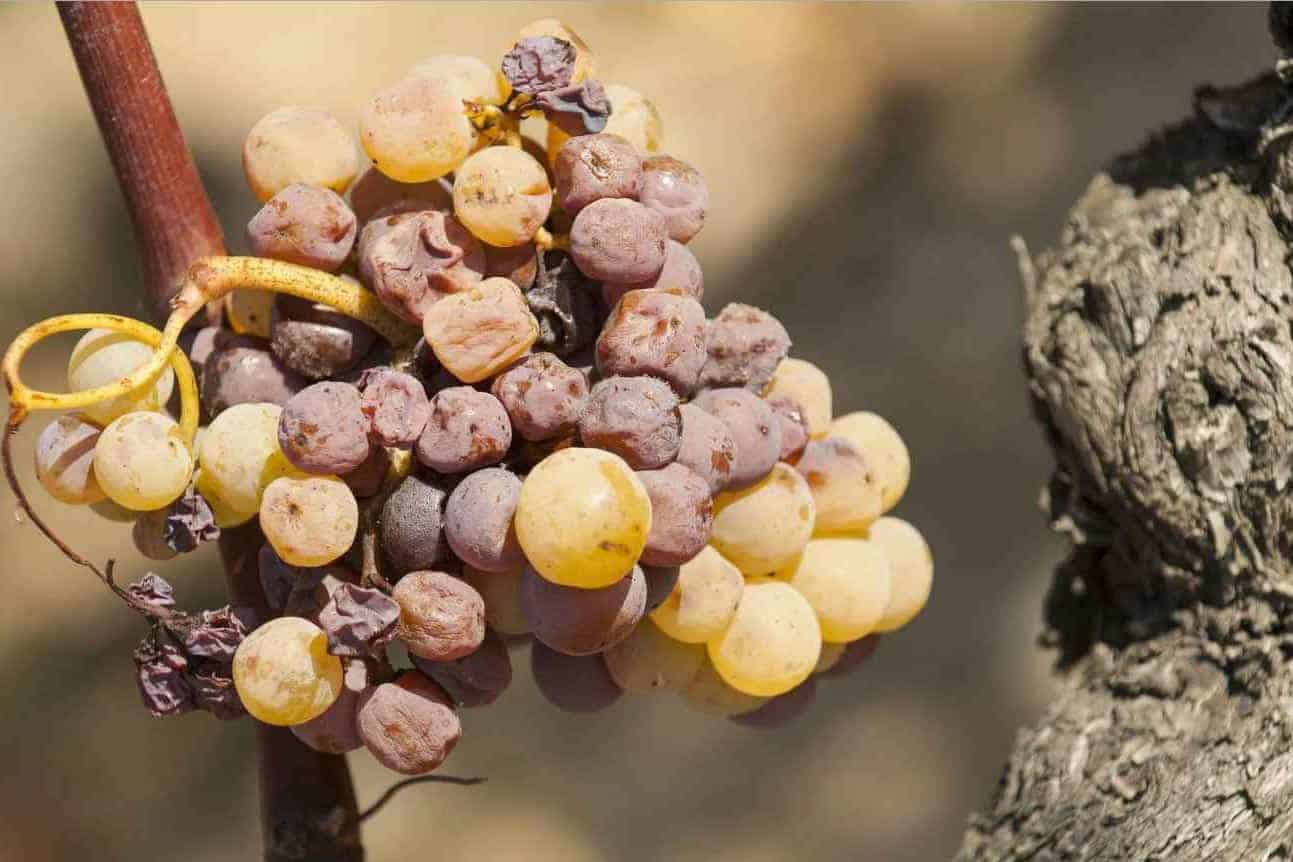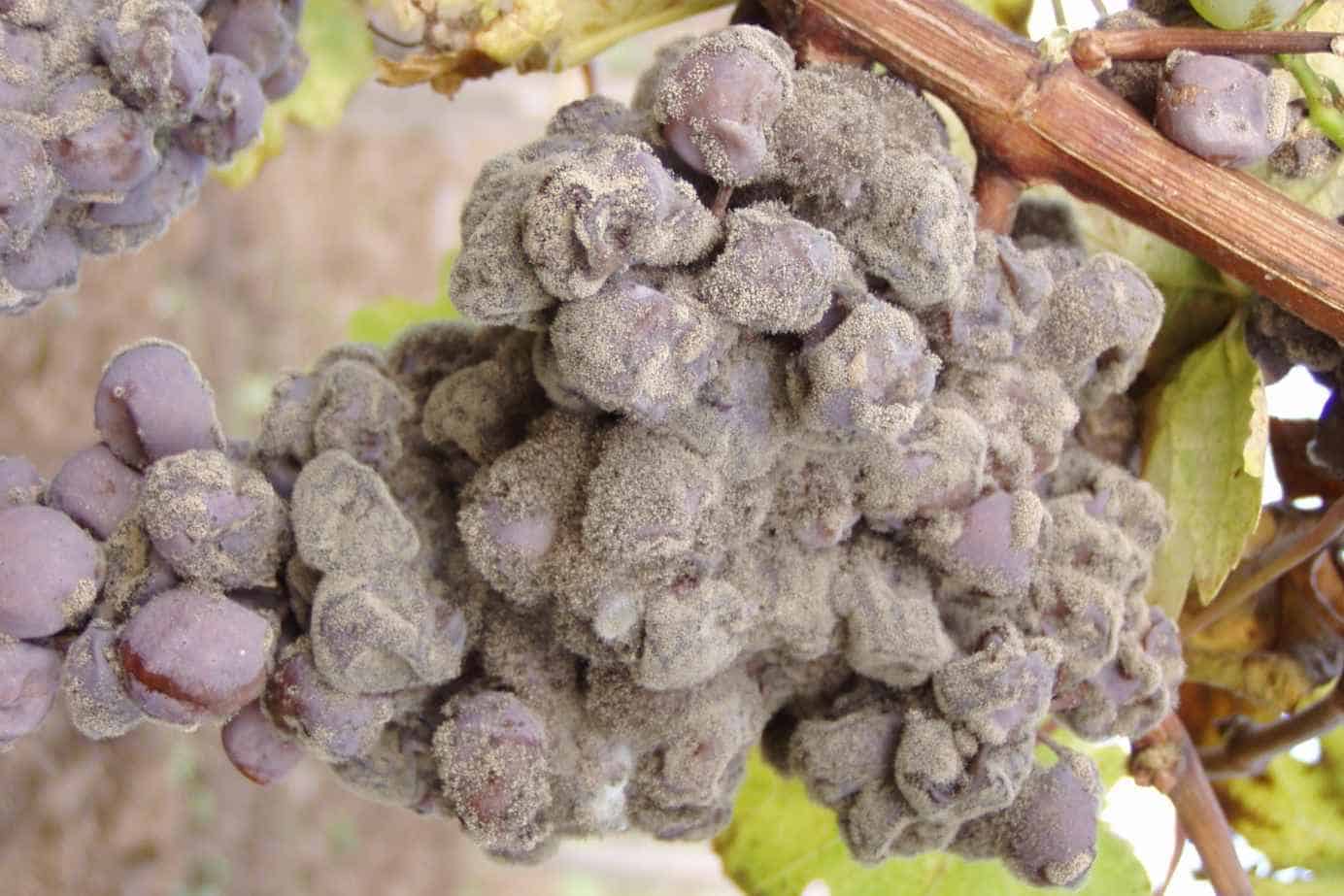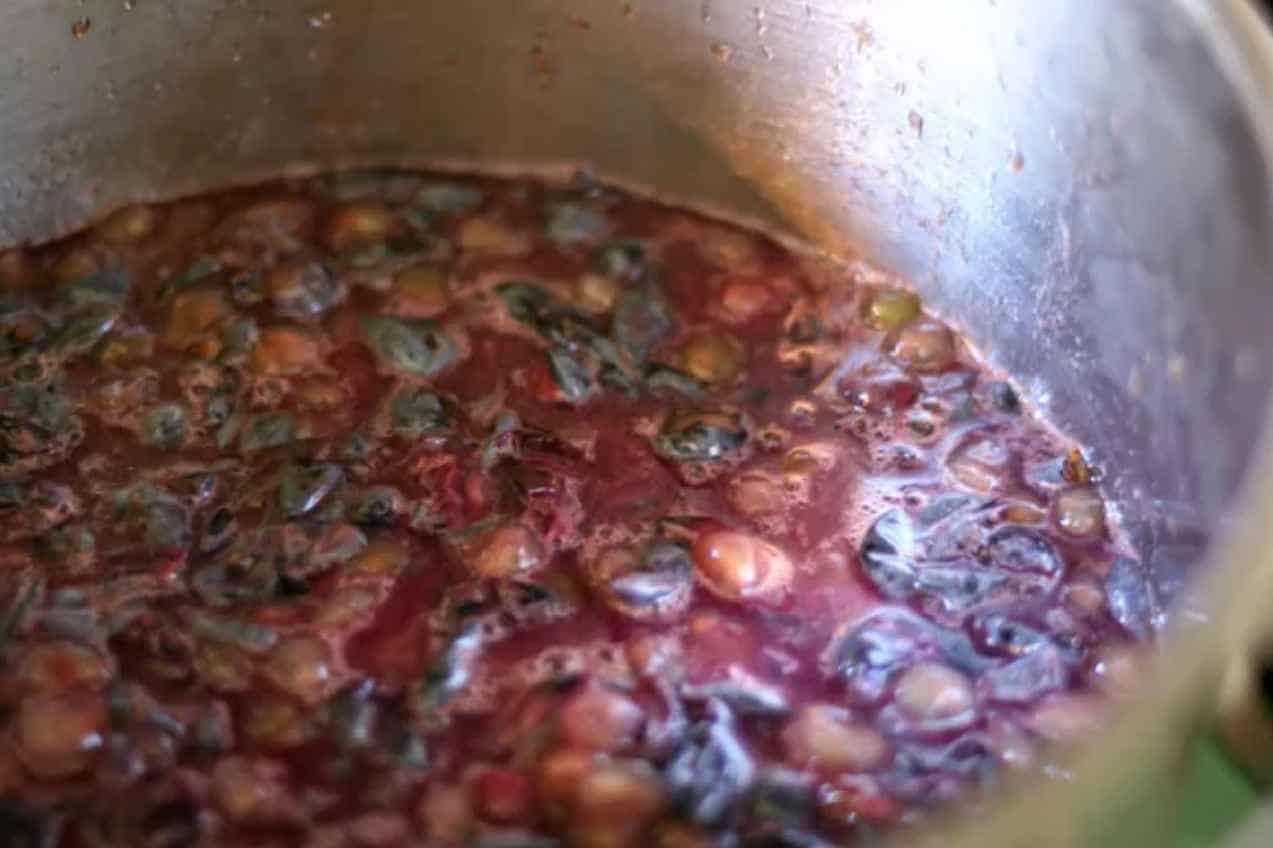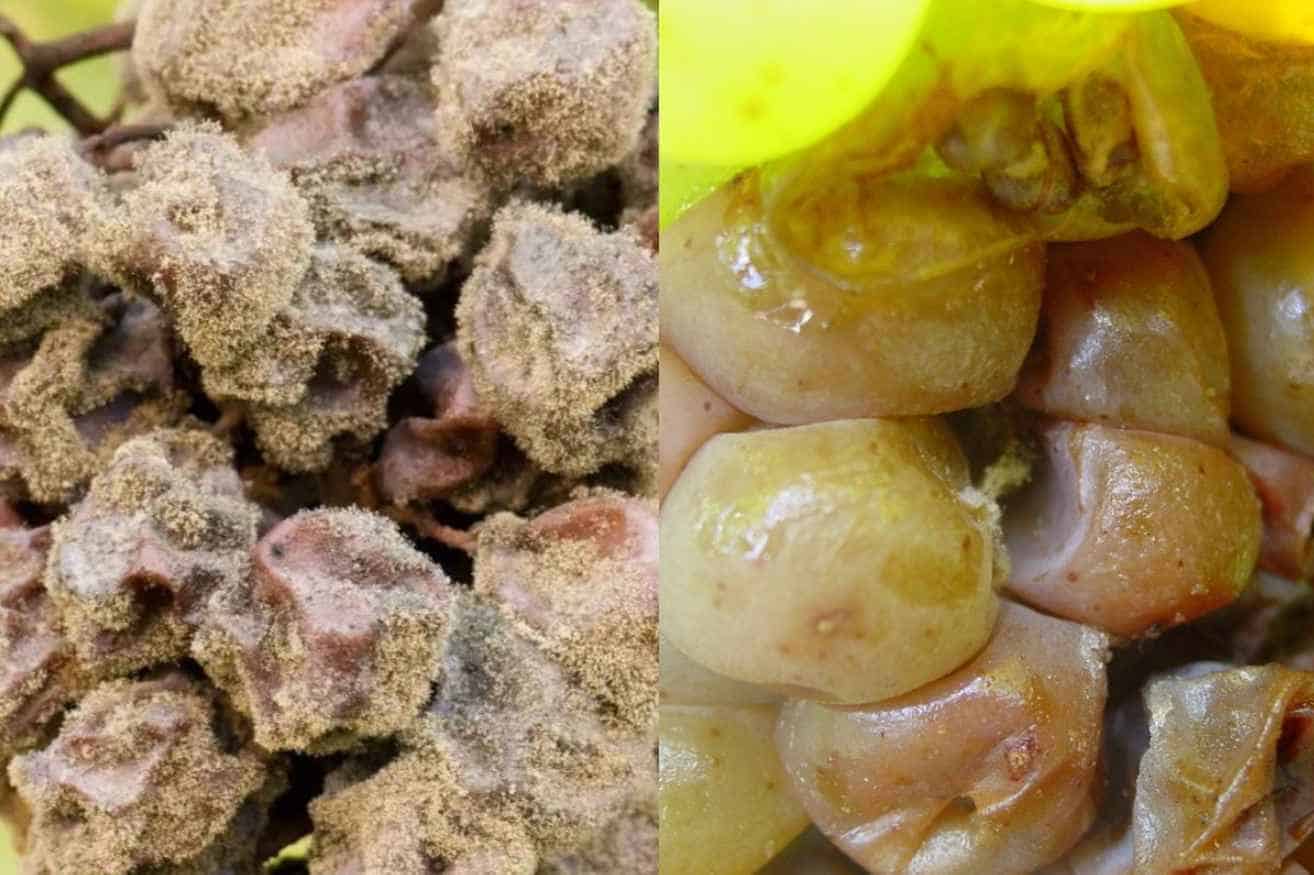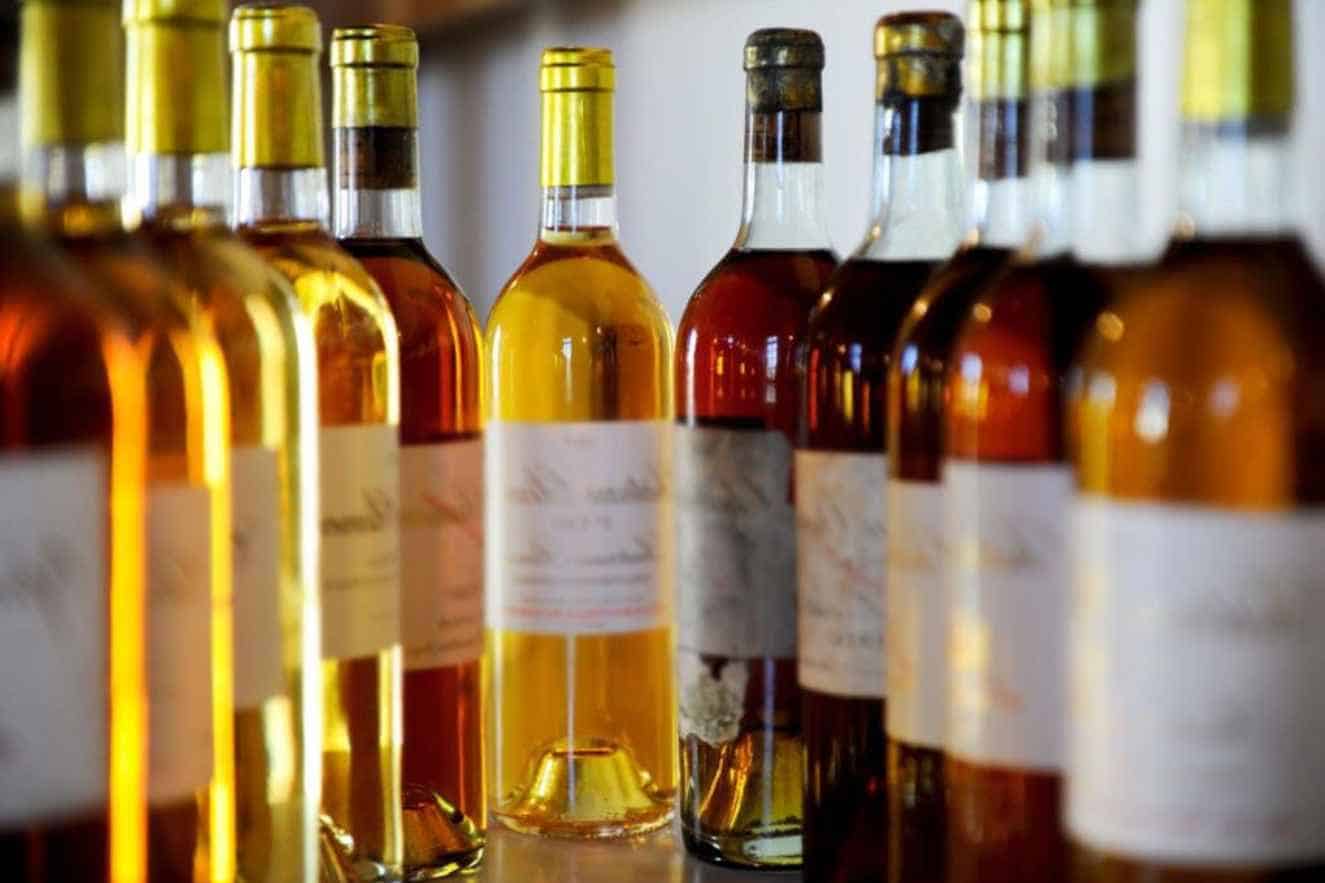So, have you ever heard of noble rot? It’s a fungus that grows on grape skins and causes them to dry out. Sounds weird, right? But actually, it can produce some amazing wines!
Don’t worry if you have yet to learn much about it. With this guide, we’ll tell you all about noble rot.
What is Noble Rot?
So, noble rot is basically this unique fungus that grows on wine grapes under very particular conditions. It might not sound all that great at first glance – we mean, who wants to drink something with “rot” in the
name? But when you think about it from a winemaking perspective, this stuff is pure magic.
When Botrytis cinerea seeps inside ripe grape clusters during the late harvest season and starts extracting water from within each fruit, at the same time, it concentrates their flavors. Winemakers
worldwide use noble rot to help create some of the most delectable dessert wines known to humanity, such as Sauternes or Tokaji Aszú.
What Triggers Noble Rot In Grapes?
So let us break it down: When the weather is just right (usually damp with morning fog), Botrytis cinerea grows.
You see, this fungus enjoys it when things get just right – not too hot or cold. The growth is most prevalent in areas that experience moist, humid, and warm climates, typically ranging between 65-75°F (18–24°C).
It also mostly occurs during the late harvest season, between September and November, depending on the wine region. And by “just the right way,” some moisture must be inside grape skins. Sounds easy enough, right?
But here’s the catch: only healthy ripe fruit can become infected, unlike other fungal infections like grey mold that prey on wounded & unripe ones.
However, as noble rot has become more and more useful for wineries, they have started to trigger the fungus artificially. Some winemakers can also artificially induce these conditions to promote noble rot.
How Noble Rot is Transforming Winemaking
Noble rot has been a part of winemaking for almost 500 years now. That means since the 1520s, folks have known about it!
Although noble rot is a fungal infection, it helps transform many blends in the market. Through the higher sugar content, many wineries use this infestation to their advantage.
Noble Rot is a wild winemaking card that can transform your expectations. We mean, who would have thought something with the word “rot” could create masterpieces?
We’re talking significantly higher sugar levels (sometimes the fungus multiplies 10x their original content) and more outstanding acidity balances, allowing later bottle aging potential without losing flavors due to immense concentration & unique taste profiles.
Keep in mind, however, that using noble rot to make wine is by no means an easy feat. Because using noble rot is a hard thing to do for wineries, most wines that use this fungus are also pricey.
It’s incredible how something so seemingly negative (a rotten fungal infection) can turn out so positively for creating luscious sweet aromas ranging from honeyed fruits to caramelized oranges.
So don’t judge too quickly based on its creepy-sounding name. If appropriately handled by skilled growers and winemakers using an aptitude process, noble rot can lead to elegant dessert wines!
Noble Rot vs. Regular Rot: The Difference
| Noble Rot | Regular Rot | |
| Appearance | Partially Raisined and Covered in a Greyish Mold | Brown or Black Skin and can Appear Slimy or Mushy |
| Texture | Partially Dehydrated and Shriveled | Soft and Mushy |
| Chemical Changes | Increased concentration of sugars and acids | Produce undesirable compounds such as acetic acid |
| Flavor Profile | Notes of Honey, Apricot, and Citrus, with a rich, luscious mouthfeel. | Mold
Vinegar Decay |
First of all, let us distinguish between noble and regular rots in case you couldn’t tell from their names. Normal mold growth, also known as ‘regular rot’ (otherwise spoilage), happens during rainy seasons.
This leads to resulting in darker coloration and decay. You might also notice that the grapes are going to be mushy and very soft. This is because of the regular rot breakdown of the fruit.
But what sets “Noble” apart is that Botrytis Cinerea isn’t like other run-of-the-mill molds or fungi per se! On infected clusters appears a cotton candy-like fuzz enveloping the fruit.
The fuzz helps preserve the grapes and not make them decay. When it comes to differentiating the two, the appearance is more than enough.
Another thing is their aroma and flavors. Smelling ordinary rot will result in a very unpleasant experience, while noble rot is still aromatic.
When it comes to the flavors, this is where the two are very much different. Noble rot results in a very sugary and fruity rather than rotting and acetic.
Lastly, you cannot use gray rot to make wines. As the fruit is decaying, it’s also full of harmful compounds and bacteria. More than that, we assure you that the resulting blend is not worth your time!
Wines Made from Noble Rot
| Wine | Flavor Profile |
| Sauternes |
|
| Tokaji |
|
| Trockenbeerenauslese |
|
| Botrytis Semillon |
|
Sauternes
Sauternes is a world-renowned dessert wine that hails from the Bordeaux region of France. Made with botrytized Semillon grapes; this luscious golden nectar glows in shades ranging from light to dark amber. However, it’s not uncommon for a Muscadelle and Sauvignon Blanc to be blended into it as well.
It boasts honey and fruity notes along with a twist of zestiness. Its sweetness varies according to the vintage’s age but is generally richly sweet.
Yields can come at higher prices which only gives you more reason, so take time sipping this wine. One sip will never suffice when paired up perfectly with Roquefort cheese.
Sweetness level: 130-150g/L
Tokaji
Made with Furmint grapes, Tokaji stands as one of the most sought-after wines in the world. With this wine, you will not have the standard aroma notes as it boasts unique ginger and saffron.
The taste alternates between caramel overtones alongside concurrent traces of marmalade zest and dried apricot.
Sweetness level: 60–450 g/L
Trockenbeerenauslese
Trockenbeerenauslese is an intensely sweet dessert wine hailed mainly from German regions. These wines pack quite a punch, being produced with minimum intervention; therefore, complexity can be tasted in each sip. It’s surrounded by its full-bodied thickness, which perfume leads straight up into lingering nasal essence.
If you prefer fruity wines made with noble rot, then this is the one for you. This German wine boasts less acidity than others while having more complex fruity notes.
Sweetness level: 150–200g/L
Botrytis Semillon
Although Semillon, which has noble rot, is already tackled with Sauternes, it can be another vintage altogether. This one is a bit sweeter than blends. Still, it boasts fruity and sugary flavors nonetheless.
Sweetness level: 40g/L
Discovering the Benefits of Noble Rot in Wines
Increased Sweetness
As the noble rot fungus grows on grapes, it draws out moisture. It causes higher sugar concentrations in the wine grapes. It results in sweet dessert wines with higher ABV and a fuller body.
Most wines can have as low as 60g/L of residual sugar up to 200g/L! This is very high as most wines have less than 20g per bottle.
More Complex Flavors
The infection can produce compounds such as phenylacetaldehyde. That gives the wine a unique aromatic bouquet enhancing complexity. It includes complex flavors of honeyed apricots, ginger, and beeswax.
Noble Rot is a game-changer in winemaking because it creates complex flavors like no other. Since it dehydrates grapes over time, resulting in higher sugar levels and less water retention.
Many have found this element enhances flavor notes too good to ignore! Think honeyed fruit with hints of citrus and caramel -definitely unique!
Improved Acidity
This may leave you scratching your head. How on earth could fungus-applied mold improve grape tartness? Well, pop open those corks because we’re going down the rabbit hole.
During noble rot infection stages, despite moisture being drawn out from grapes, their internal pH level is increasing. Ultimately resulting in higher malolactic acid. In turn, the wine has a better acidity and viscous body.
Longer Shelf-life
Noble Rot directly enhances TCA (trichloroanisole) resistance caused by cork taints, resulting in less spoilage probability. It also adds a safeguard by preventing premature oxidation by enabling acid production. In turn, your wine will have a longer shelf life and as it’s very hard to spoil.
Higher Quality
When crafting truly exceptional blends bursting with complex flavors, you need grapes rich enough in texture without a stale grape-sugar tang. And this is where Noble Rot works its magic!
Just think Sauternes or Hungary’s Tokaji Aszu. The sheer number of grapes you need to make these wines also adds to their quality.
Conclusion
So now that we’ve explored every aspect of noble rot and the wonders it brings to winemaking, why not indulge in a bottle or two?
Whether you opt for an elegant Sauternes or go for the exotic Tokaji, tasting these lusciously sweet elixirs will take your wine journey to another level. Keep exploring new varietals and techniques – cheers!
